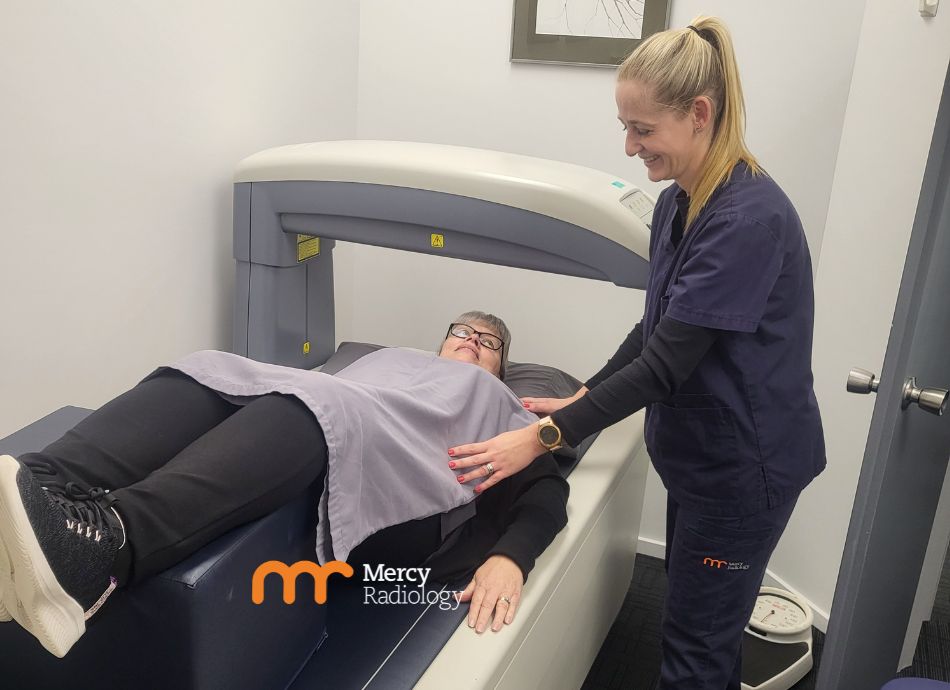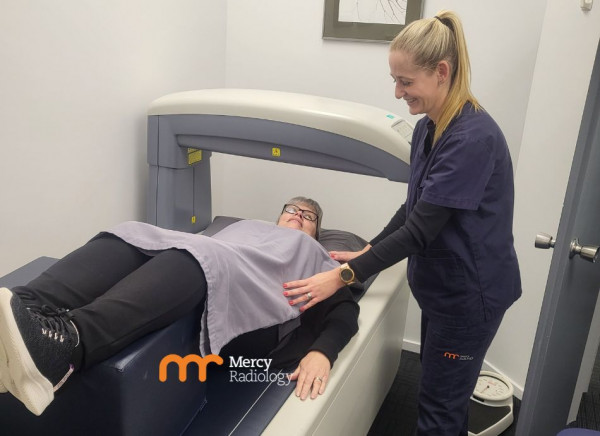DEXA stands for dual energy X-ray absorptiometry. A DEXA scan uses X-ray equipment to check the density (strength) of your bones which is why it’s also called a bone density scan.
The video below shows what happens in a DEXA scan.

We're aware of a problem when trying to use Zero Data to link to Healthify. Zero Data is managed by Health NZ and we are working with them to get this fixed.

DEXA stands for dual energy X-ray absorptiometry. A DEXA scan uses X-ray equipment to check the density (strength) of your bones which is why it’s also called a bone density scan.
The video below shows what happens in a DEXA scan.
Your healthcare provider might suggest you have a DEXA scan if you're at increased risk of developing a bone condition such as osteoporosis. Osteoporosis is a condition where your bones are thinner and weaker than normal. This means that they can break more easily, eg, after a small bump or fall.
You might be at risk of weaker bones if you:
The results of the DEXA scan help your healthcare provider estimate your risk of fractures (broken bones). If you're having treatment for osteoporosis the scan can also be done to see how well the treatment is working.
The DEXA scan is performed using X-ray equipment and a computer. While you lie on a table, the scanner passes over your body with invisible low-dose X-ray beams. It sends the results to the computer which translates the density measurements into images and graphs.

Image credit: Mercy Radiology, NZ
The results will be sent through to your healthcare provider and a member of your healthcare team will go through them with you.
Follow the instructions given to you by your healthcare provider.
Tell your healthcare provider if:
DEXA scans are not recommended for pregnant women unless absolutely necessary, in which case extra precautions will be taken to minimise the risk of exposing the unborn baby to radiation.
Watch a video What is a DEXA scan?(external link) Mercy Radiology, NZ
(external link)DEXA scan(external link) Patient Info, UK
DEXA scan – how it is performed(external link) NHS, UK
Bone density tests(external link) Choosing Wisely, NZ
Credits: Healthify editorial team. Healthify is brought to you by Health Navigator Charitable Trust.
Reviewed by: Sam Malan, Medical Imaging Technologist, Mercy Radiology
Last reviewed: